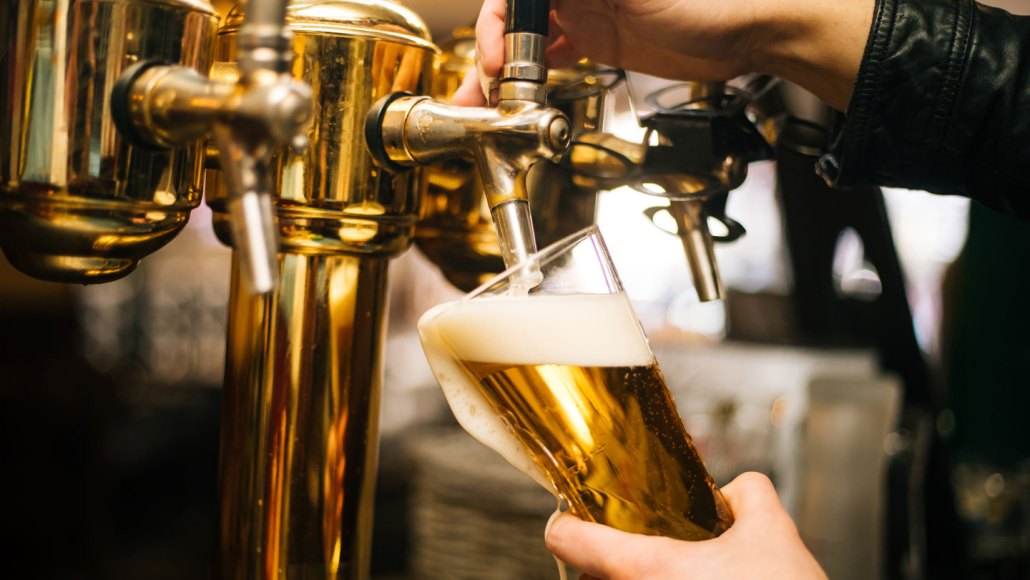
Breweries in Germany shifted from producing ale to producing lager in the 1500s, thanks to the rise of a hybrid yeast called Saccharomyces pastorianus, whose ancestor has now been found in Europe.
Agrobacter/E+/Getty

Breweries in Germany shifted from producing ale to producing lager in the 1500s, thanks to the rise of a hybrid yeast called Saccharomyces pastorianus, whose ancestor has now been found in Europe.
Agrobacter/E+/Getty